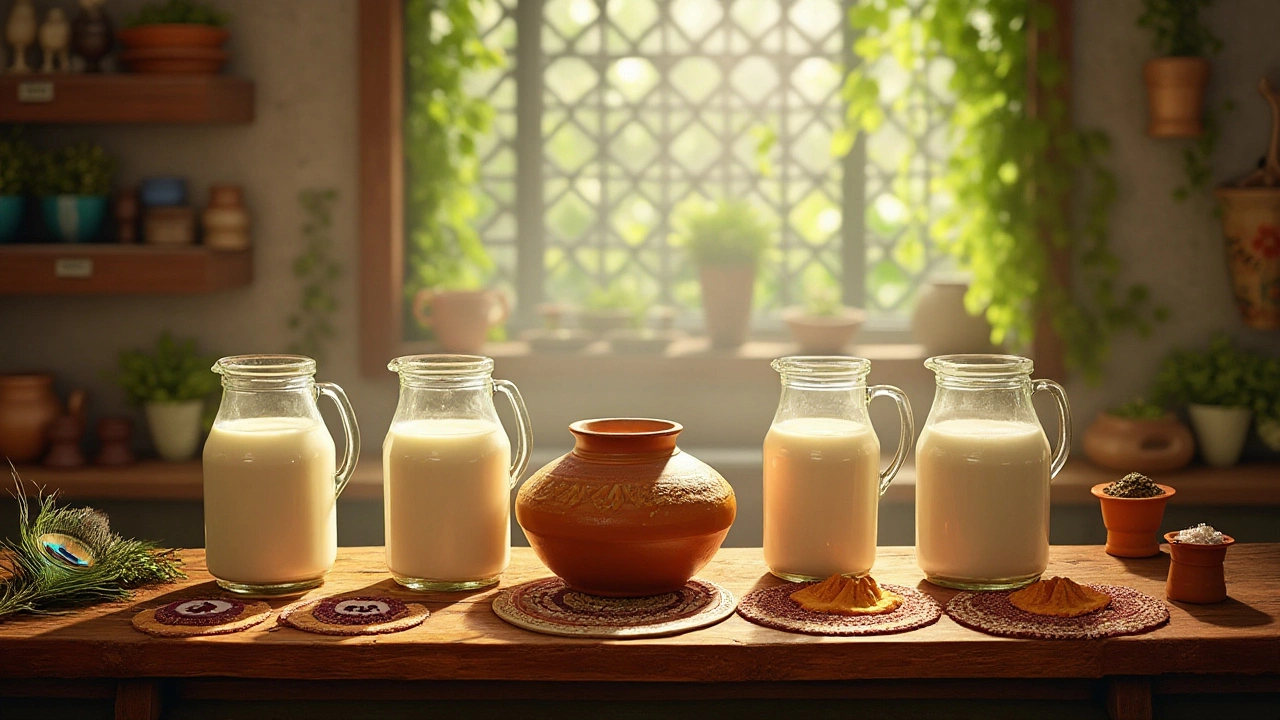Traditional Recipes: Classic Indian Dishes You Can Master at Home
Ever wonder why grandma’s cooking always tastes richer? It’s because she follows traditional recipes that have been handed down for generations. Those recipes use the right mix of spices, fresh ingredients, and simple techniques. The good news is you don’t need a fancy kitchen to recreate that magic. In this guide, I’ll show you how to get started with Indian traditional dishes that are both authentic and easy to follow.
Why Traditional Recipes Matter
Traditional recipes are more than a list of steps – they’re a snapshot of culture, climate, and local produce. When you cook a classic dosa or a hearty sambar, you’re actually tasting the history of South India. Using the original spice blends and cooking methods also ensures the flavors stay true to what people have loved for centuries. Plus, these recipes are designed to work with ingredients you can find at any market, so you won’t be scrambling for exotic items.
Getting Started with Authentic Flavors
First, stock a small pantry of must‑have spices: mustard seeds, cumin, fenugreek, coriander, turmeric, and red chili powder. A good quality curry leaf pack and tamarind paste will take many dishes from ordinary to unforgettable. When you measure spices, trust the recipe’s ratio – a pinch of something can change the whole taste.
Next, focus on fresh produce. A handful of fresh curry leaves, a few green chilies, and ripe tomatoes make a big difference. If you can, pick vegetables that are in season – they’re cheaper and taste better. For lentils and rice, rinse them well before cooking; this removes excess starch and prevents mushy textures.
Now, let’s talk technique. Most traditional Indian recipes start with tempering – heating oil, adding mustard seeds, letting them pop, then tossing in curry leaves and spices. This step releases the aromatic oils and builds the flavor base for the whole dish. While it sounds fancy, you only need a pan and a steady hand. Once the spices are fragrant, you add the main ingredient and simmer until everything blends together.
Here’s a quick starter: a simple sambar. Cook toor dal until soft, mash it lightly, then add sautéed onions, tomatoes, tamarind water, and your tempering mix (mustard seeds, cumin, dried red chilies, curry leaves). Finish with a sprinkle of chopped coriander. In less than 30 minutes, you have a protein‑packed stew that pairs perfectly with rice or idli.
If you prefer something crisp, try a basic dosa batter. Soak equal parts rice and urad dal overnight, grind into a smooth paste, let it ferment for 8‑10 hours, then spread a thin layer on a hot non‑stick pan. The result is a golden, airy crepe that’s perfect with coconut chutney or spiced potato filling.
Remember, the secret to traditional cooking isn’t perfection; it’s consistency. Cook the same recipe a few times, note what you like, and adjust the spice level to suit your palate. Over time you’ll develop an instinct for when the tempering smells right or when the dal needs a splash of water.
Finally, enjoy the process. Traditional recipes are meant to bring people together, so invite family or friends to share the meal. When you serve a dish that’s been on a family table for decades, you’re not just feeding stomachs – you’re sharing stories, memories, and a piece of culture.
Ready to start? Pick one recipe from our collection, gather the spices, and give it a go. You’ll be surprised how quickly the flavors of authentic Indian cooking find a place in your daily routine.
Discovering Traditional Milk Varieties and Recipes in India
In India, milk has been an essential part of daily life for centuries, where it is consumed in various forms and cherished for its versatility. From the beloved cow and buffalo milk to the lesser-known camel and goat milk, each type brings a unique flavor and health benefits to the table. This article delves into the diverse kinds of milk consumed across the country and explores popular Indian recipes that utilize these traditional dairy delights. Learn about the cultural significance of milk and get inspired by easy-to-make recipes that highlight its rich taste and nutritional value.
